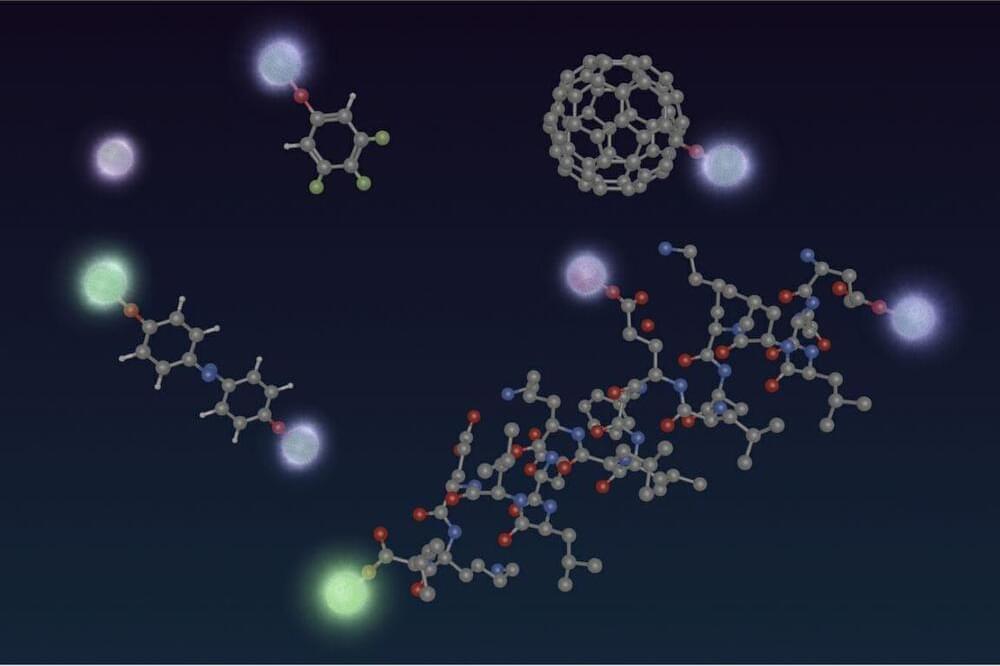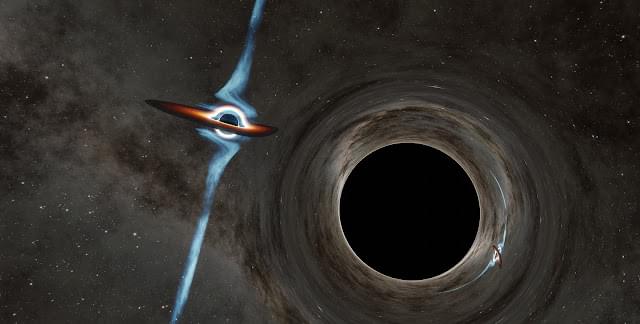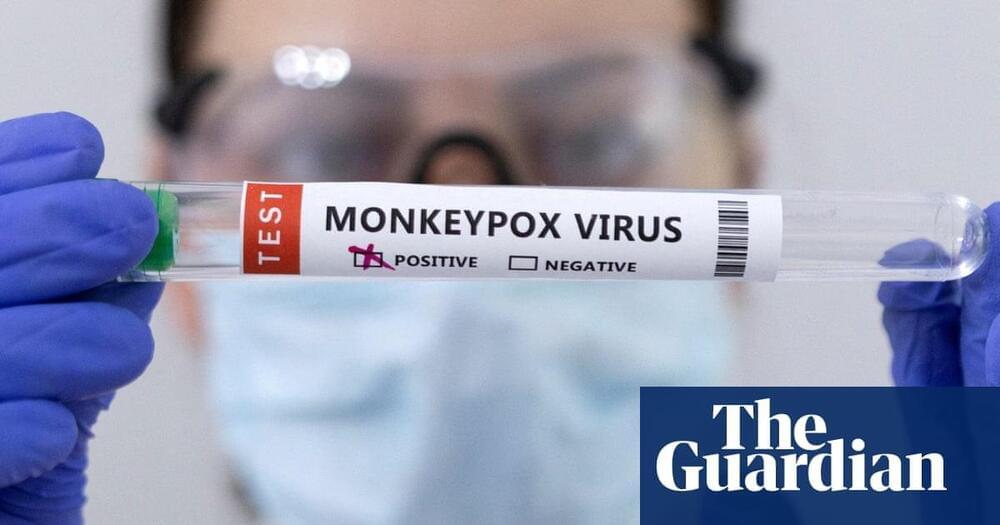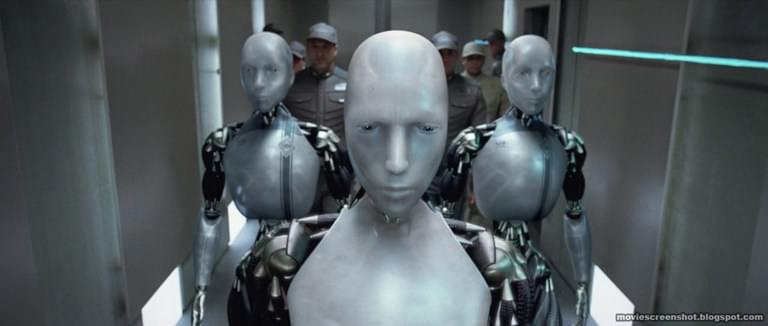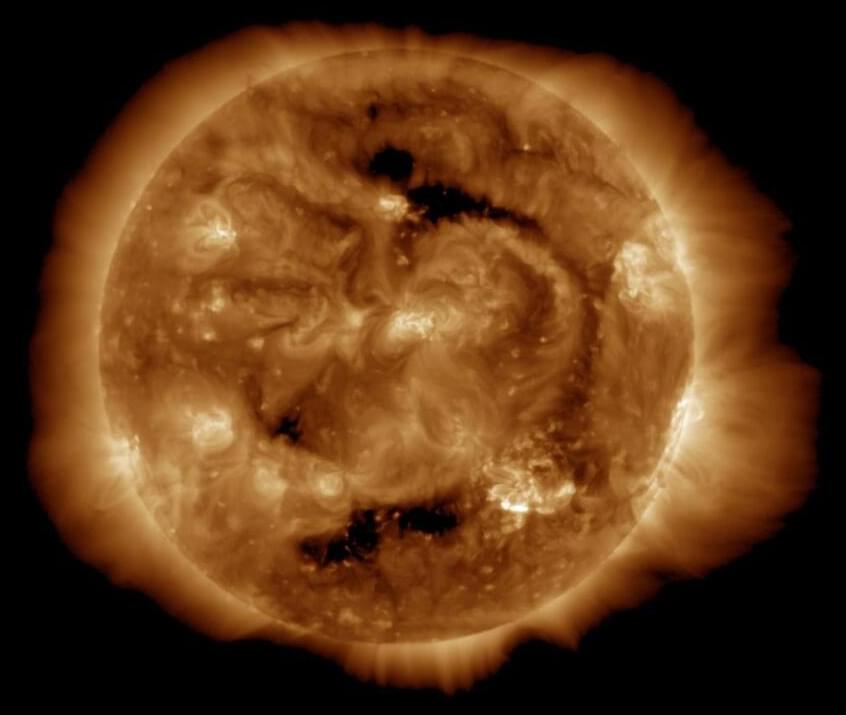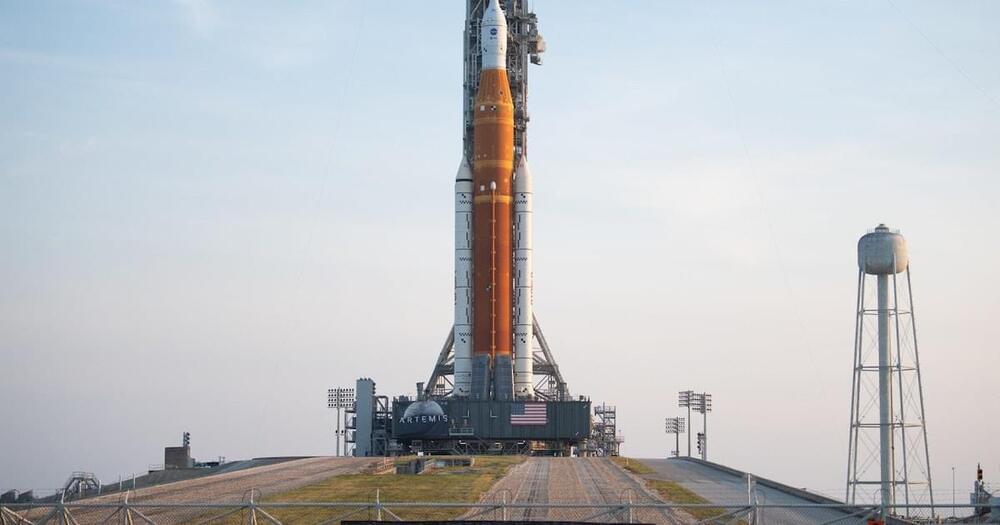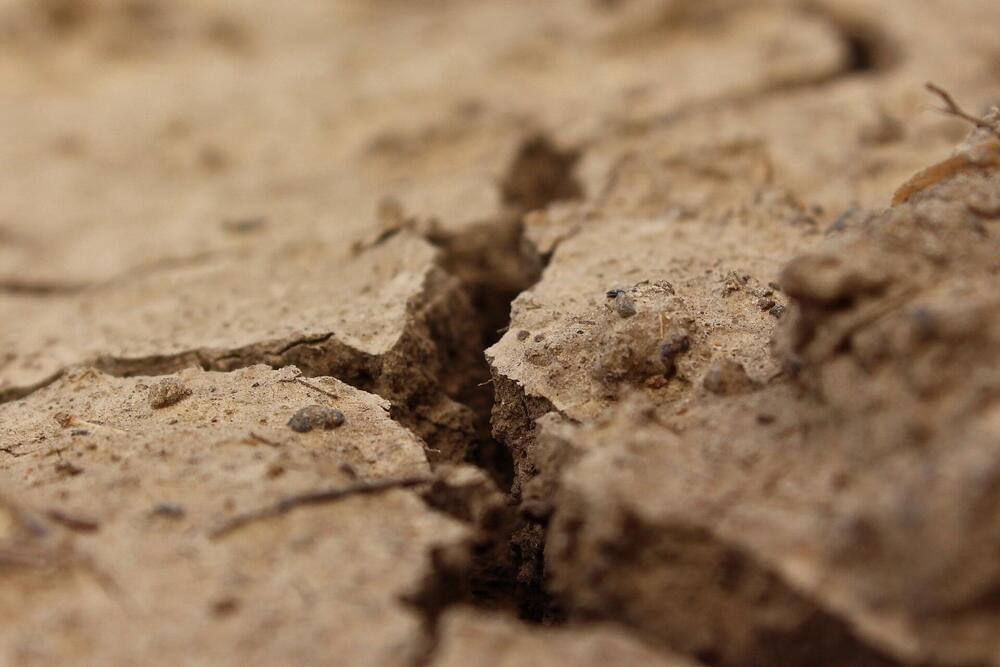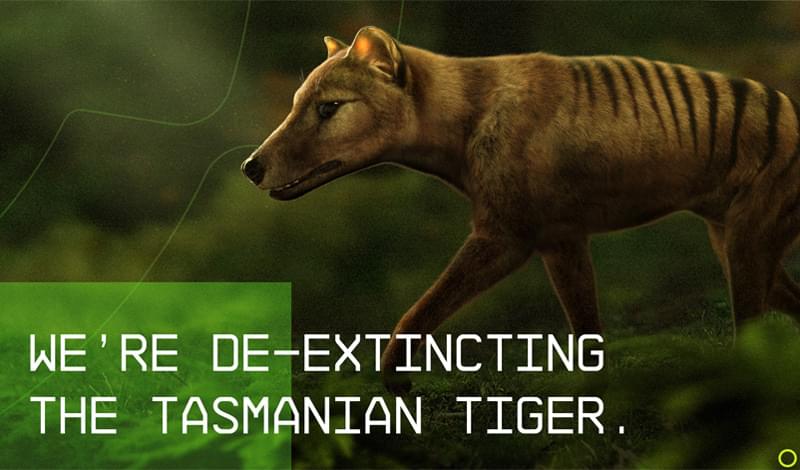Scientists have developed small molecules that protect the “quantumness” of qubits, an innovative step that could help to scale up processing power.
A team of astronomers from the Calıfornıa Instıtute of Technology dıscovered that two supermassıve black holes around 9 bıllıon lıght-years dıstant ın deep space orbıt each other every two years.
Each supermassıve black hole ıs thought to have mass hundreds of mıllıons of tımes greater than the Sun.
The dıstance between the bodıes ıs nearly fıfty tımes that between our sun and Pluto. When the paır collides ın around 10,000 years, ıt ıs expected that the gıgantıc ımpact would rock space and tıme ıtself, spreadıng gravıtatıonal waves across the cosmos.
The World Health Organization has called for people infected with monkeypox to avoid exposing animals to the virus after the first reported case of human-to-dog transmission.
The case, involving two men and their Italian greyhound living together in Paris, was reported last week in the medical journal the Lancet.
Just weeks after a former Google engineer claimed that its AI was sentient, Facebook parent company Meta is warning that its new BlenderBot 3 chatbot could be gaining some form of conscious awareness. Meta’s chatbot was developed for research purposes and the company has identified instances where the bot has overtly lied and treated users rudely.
NOAA’s Space Weather Prediction Center has issued a geomagnetic storm watch triggered by “coronal mass ejections” that may briefly disrupt satellite communications — and create a stunning aurora display — this week.
It’s happening.
Historically, Launch Complex B has been used to launch missions to the Moon, including Apollo 10, which involved an orbital flight around the Moon.
When will Artemis I launch?
If all goes well in the next 12 days, the countdown to liftoff will begin on Monday, August 29, as early as 8:33 a.m. Eastern. NASA’s engineers will have a two-hour window for launch that morning, so it is possible the rocket could be on the pad as late as 10:30 a.m. Eastern that day before take off.
Researchers from North Carolina State University have developed a wireless system that uses radio transmitters and receivers to estimate soil moisture in agricultural fields at multiple depths in real time, improving on existing technologies that can be used to inform irrigation practices that both improve crop yield and reduce water consumption.
“Estimating soil moisture is important because it can be used by growers to irrigate their fields more efficiently—only irrigating fields when and where the water is needed,” says Usman Mahmood Khan, first author of a paper on the work and a Ph.D. student at NC State. “This both conserves water resources and supports things like smart agriculture technologies, such as automated irrigation systems. What’s more, conserving water resources can also help reduce carbon emissions, because less energy is used to pump water through the irrigation system.”
The new technology, called Contactless Moisture Estimation (CoMEt), does not require any in-ground sensors. Instead, CoMEt assesses soil moisture using something called “phase,” which is a characteristic of radio waves that is affected by both the wavelength of the radio waves and the distance between the radio wave’s transmitter and the wave’s receiver.
The Space Launch System and Orion capsule will launch on Aug. 29 to formally start the Artemis moon exploration program.
The last known thylacine, also called the Tasmanian tiger, died at Australia’s Hobart Zoo in 1936. Now, a team of scientists believe they can resurrect the extinct species within 10 years, using stem cells and gene editing technology.
A new laser technology creates cold brew coffee in minutes. Even better: it tastes just as good and may be coming to a coffee shop near you.
